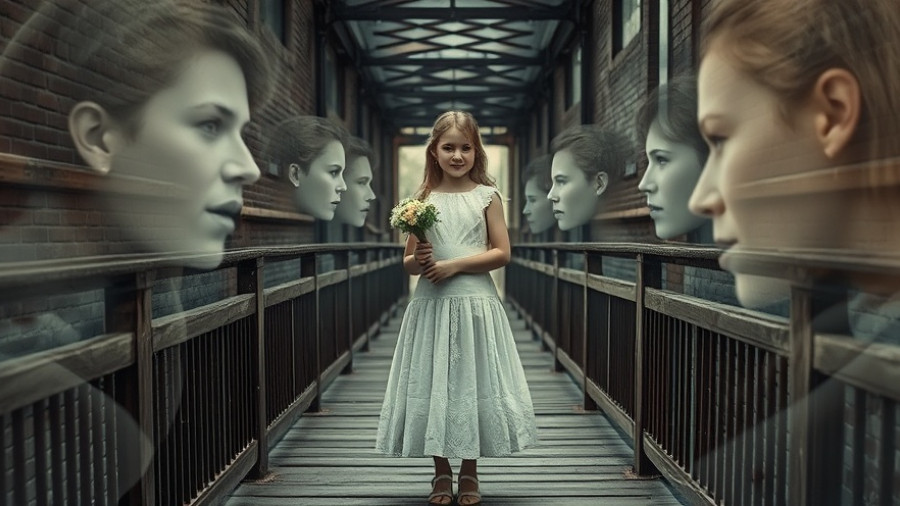
A Wedding Like No Other: The Tale of John Seybold and His Ghostly Bride
In an era where both love and loss were deeply interwoven with the fabric of everyday life, John Seybold, a 71-year-old farmer from Kansas, embarked on an extraordinary journey in 1927. While other couples celebrated their love in grand fashions, Seybold’s wedding took place in the darkened confines of a séance room, where he would "marry" the ghost of a girl named Sarah, whom he claimed to have known in his youth back in Ohio. This peculiar union would unravel into a tale filled with deception, heartbreak, and the age-old quest for connection.
The Allure of Spiritualism
The rise of spiritualism in America during the late 19th and early 20th centuries had provided comfort to many who longed to connect with lost loved ones. Following the traumatic periods of the Civil War and the subsequent societal upheaval, many turned to mediums, such as Nellie Moore, to bring forth messages from the dead. These gatherings offered not just hope, but a community grounded in shared beliefs and collective experiences.
Though the fascination with spirits and séances ran deep, it also raised skepticism, as seen in Seybold’s encounter. During their wedding ceremony, he was warned not to touch Sarah or he would face dire consequences. While love blindsided him, it also opened the door to exploitation, highlighting the vulnerability of those yearning for connection. Seybold’s faith in Moore led him to relinquish vast sums of his life savings, believing he was truly marrying a spirit.
A Lesson in Trust and Deception
As Seybold's fortune dwindled, the façade began to crack. His trusting nature was exploited, and when it became apparent he had been conned, he resorted to legal action, seeking justice against Moore for her manipulations. The case captured national attention as it posed questions about the legitimacy of spiritual claims and the complexities of the human heart.
Upon reaching the courtroom, Seybold’s story became a spectacle that reflected wider societal struggles with belief and skepticism. The judge's ultimate dismissal of his claims highlighted a legal system ill-prepared to address the subtleties of spiritual communication and human emotion. Many felt sympathy for Seybold, depicting a man searching for solace after years of personal loss.
A Modern Parallel: Connect the Dots
Fast-forward nearly a century, and we find ourselves amid a new kind of spiritual connection fueled by technology. As artificial intelligence grows increasingly sophisticated, some individuals are forging deep emotional bonds with AI chatbots. Just as Seybold sought out a connection with a ghost, modern individuals are finding companionship with digital beings—raising questions about what constitutes love and connection in the 21st century. The lines between reality and illusion are thin, and the need for connection remains a constant, relentless drive.
Conclusion: What We Learn from This Fascinating Tale
John Seybold's story is more than just an odd historical tidbit from Kansas. It serves as a cautionary tale about trust, belief, and the dangers of vulnerability. In our own lives, whether through the remnants of past relationships or the allure of new technologies, the search for connection is universal. As we remember Seybold, let us also reflect on what spoke to him—a desire to bridge the divide between the living and the lost, a desire that transcends time.
If you have a unique story to share with us or want to dive deeper into these fascinating narratives from Kansas City, don't hesitate to reach out at team@kansascitythrive.com.
 Add Row
Add Row  Add
Add 





Write A Comment